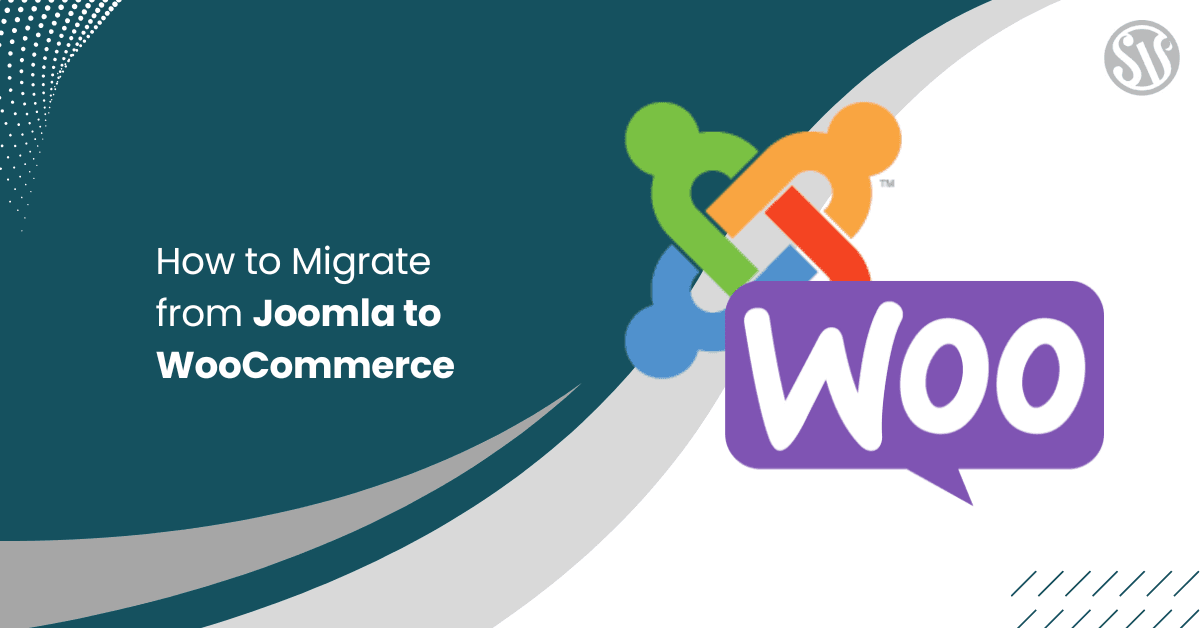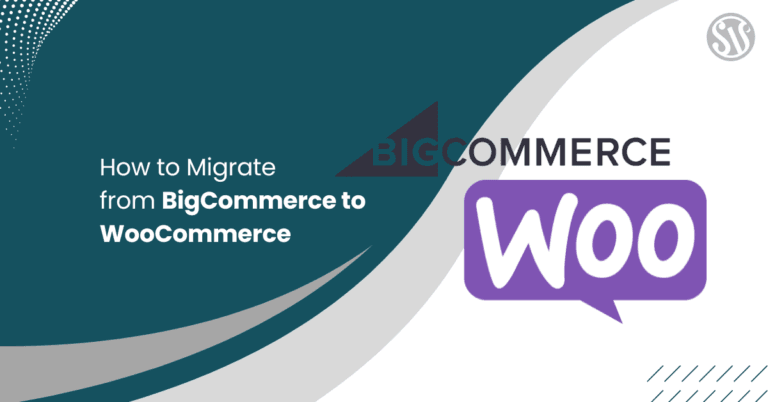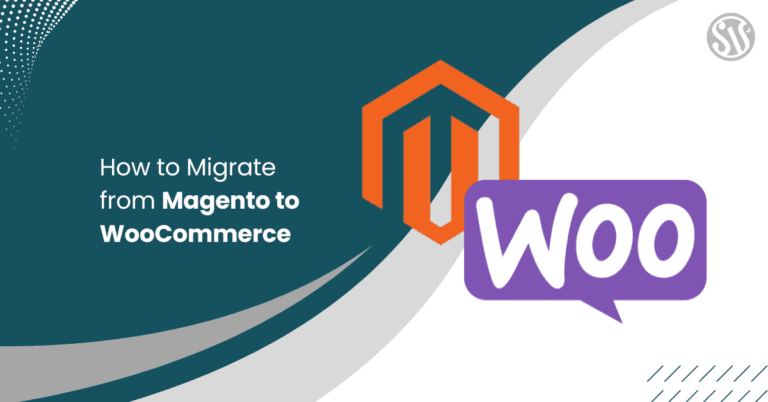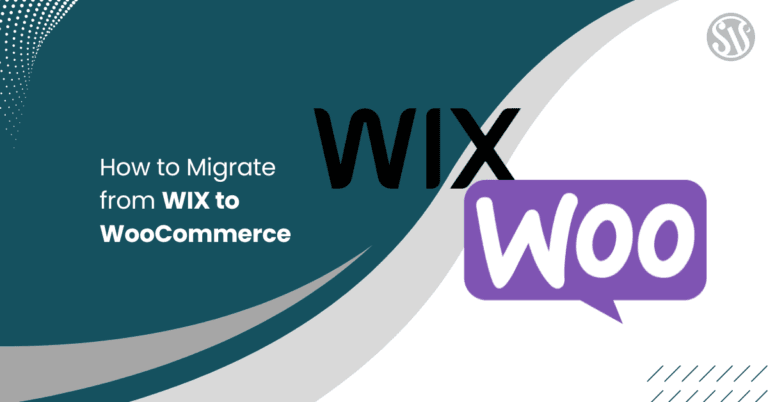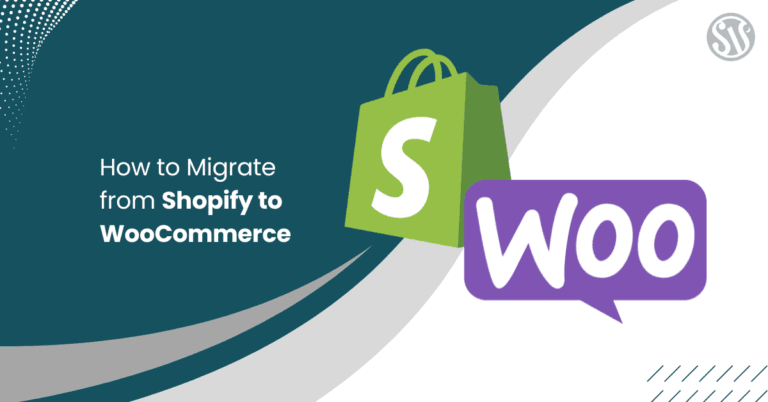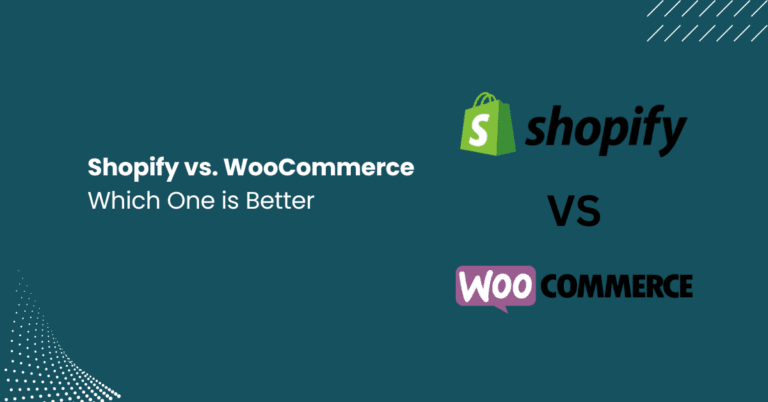How to Migrate rom Joomla to WooCommerce
Migrating from Joomla to WooCommerce can feel daunting, especially if transitioning to a fully operational eCommerce website. However, with proper planning, the right tools, and a systematic approach, you can successfully move your online store to WordPress with WooCommerce.
In this blog post, we’ll explore the detailed steps involved in this migration, provide tips for avoiding common pitfalls, and discuss how to ensure your new site is functional and optimized for SEO. Migrating isn’t just about transferring data; it’s about building a robust system that supports your business growth while preserving your hard-earned SEO rankings.
Why Migrate from Joomla to WooCommerce?
Joomla has been a popular CMS for many years, but WooCommerce offers several advantages that might make it a more attractive option for your eCommerce site:
- User-Friendly Interface: WordPress is renowned for its intuitive dashboard, making managing content and eCommerce functionalities easier.
- Extensive Plugin Ecosystem: WooCommerce’s integration with thousands of WordPress plugins provides endless customization possibilities.
- SEO Capabilities: WordPress has built-in SEO features and a plethora of plugins to help maintain and even boost your search engine rankings.
- Community and Support: The large community of WordPress developers means continuous updates, security patches, and community-driven support.
Transitioning to WooCommerce can lead to improved site performance, enhanced flexibility, and more significant opportunities for growth.
Pre-Migration Preparation
Before diving into the migration process, it’s crucial to lay a solid groundwork:
- Backup Your Joomla Site: Before making any changes, ensure you have a complete backup of your Joomla site, including files and databases. This step is non-negotiable as it protects you from data loss during migration.
- Audit Your Current Website: Review your content, products, and functionalities. Identify which elements need to be migrated and which can be improved or updated. Note that any custom extensions or plugins are in use.
- Plan Your SEO Strategy: Create a mapping of your current URLs to the new structure in WooCommerce. This planning will help maintain your SEO rankings through proper redirects and metadata management.
- Gather Required Tools and Plugins: Familiarize yourself with tools that simplify migration. FG Joomla to WordPress plugins can automate content migration, while others, such as Cart2Cart, can help with eCommerce data transfer.
Step 1: Evaluate and Export Your Joomla Content
The first technical step is to export your Joomla site’s data:
Export your Joomla database and files. This backup is crucial for reference and manual data migration if needed. To perform this, you can use the Akeeba Backup extension.
After you install the extension, you can see the Back up to date option in the Notifications section of your dashboard.
Click the notifications. If this is your first time using the plugin, you’ll be prompted to configure it.
Go to Components > Akeeba Backup > Default Backup Profile in your Joomla dashboard.
Now, in your Joomla dashboard go to the System and click on the Global Configuration menu.
Now, click on the Server tab.
Scroll down for information such as Host, Database Username, and more. This info will be necessary while importing data to your WooCommerce site.
Step 2: Set Up Your WooCommerce Environment
Now that you have your Joomla data prepared, it’s time to create a new home for it on WordPress:
Install WordPress fresh on your server. Most hosting providers offer one-click installations, making the process straightforward.
Install and activate the WooCommerce plugin from the WordPress dashboard. Follow the setup wizard to configure your store’s basic settings, such as currency, payment gateways, shipping options, and tax settings.
Choose a WooCommerce-ready WordPress theme. A good theme should be responsive, customizable, and optimized for eCommerce.
Step 3: Migrate Your Content and Data
With the new environment set up, the next step is to transfer your data:
Tools like the FG Joomla to WordPress plugin can simplify the migration of articles, images, categories, and even some custom fields. These plugins automatically map your Joomla data to WordPress, reducing the risk of errors.
Install the FG Joomla to WordPress plugin and activate it.
After installing and activating, go to Tools>Import on your WordPress dashboard. Then click on the Run Importer option.
Now, you need to clear out all the content from your WordPress site. So, choose the Remove all WordPress content and press the Empty WordPress content button.
Now scroll down to the Joomla database parameters, fill out the details you obtained from Joomla, and click on Test the database connection. The testing will verify if your Joomla database is successfully connected and is ready for import.
Following that, configure all the information you want to import.
Lastly, click on the Start / Resume the import button to finalize the importing.
Step 4: Testing, Launch, and Post-Migration Activities
Before making your new WooCommerce site live, rigorous testing is essential:
- Staging Environment: Always test the migrated site first in a staging environment. Check every page, product, and functionality to ensure everything works.
- Performance Testing: Evaluate the new site’s speed and responsiveness. Tools like Google PageSpeed Insights or GTmetrix can help you identify performance bottlenecks.
- User Testing: Invite a group of users to navigate the site and provide feedback on the user experience. Look for any issues with navigation, checkout processes, or display errors.
- Launch and Monitor: Once you’re confident in your new site’s functionality and performance, make it live. In the first few weeks, continue to monitor its performance closely, paying attention to customer feedback and analytics.
- Plan for Ongoing Updates: Migration is just the first step. Keep your WordPress installation, themes, and plugins updated to maintain security and performance. Regular backups and monitoring will help you swiftly respond to any issues post-launch.
Final Thoughts
Migrating from Joomla to WooCommerce is a strategic move that can significantly improve your online store’s functionality, performance, and scalability. By taking a systematic approach, you can create a seamless transition that preserves your existing SEO and customer data and positions your business for future growth.
While the process might seem complex, breaking it down into manageable steps and leveraging the right tools can make it a smooth and rewarding experience. If you’re feeling overwhelmed at any stage, consider consulting with a migration expert who can offer tailored advice and technical assistance.

